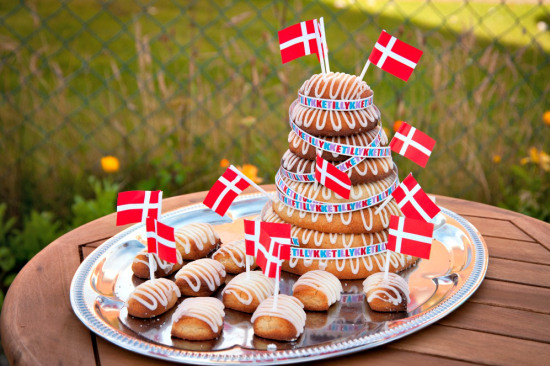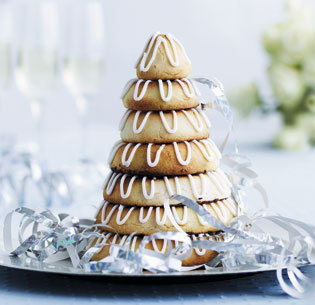For Easter Sunday, we went up to the family’s summer house in Rørvig for a day full of food and Easter shenanigans! Last year, we were extremely unlucky with the weather, which was partially because Easter was about three weeks earlier, and partially because … Denmark. Anyway, this year, the weather continued to be spring-like, warm and sunny - perfect Easter weather!
So we took up to Rørvig and actually managed a quick trip to the harbor and the beach, before heading over to start the food frenzy.
The next couple of hours were spent around the large Easter table, trying to taste as many of the delicious dishes as possible. If you’ve ever been invited to a classic Danish holiday (Christmas, Easter,…) you’ll know that you won’t go hungry!
First, fish dishes are served. This includes cold dishes such as “rejer” (shrimp) with mayonnaise, “sild” (marinated herring), either in a pure version or with a creamy curry sauce (“karrysild”), of course no Danish table could ever be complete without “fiskefiletter” (fish filets in a panade) with the classic remoulade sauce.
After the fish dishes, you might already feel pretty full, but don’t think for a second that you’re done! Because now is when the Danes pull out all the classic meat dishes, such as “flæskesteg” (roast pork with crispy crackling), “frikadeller” (meat balls) and “leverpostej” (liver paste) with bacon. These are accompanied by the classic “rødkål” (red cabbage), among others. Of course there’s always bread so you can make your own “smørrebrød” variations of the dishes. One of my favorite Danish Easter dishes is “tarteletter”, a thick gravy with cubed chicken and asparagus served in small shells of buttery puff pastry.
To wash down all of this food, the Danes like to drink specialty beers called “Påskebryg” (Easter brew) or “Forårsbryg” (Spring brew). The Danes love their specialty beers, another good example is “Julebryg” (Christmas brew), which, along with Easter brew, has been cultivated by Tuborg and their “kylle kylle” commercials with the little yellow birds/ chicks.

Tuborg Easter brew
Obviously, the “snaps” is also flowing freely, and before you know, you will have “skål”-ed more times than you can count. This is actually quite dangerous, especially if you, like me, didn’t eat any breakfast in anticipation of the feast - you’ll feel the snaps very quickly!!
After lunch, it was time for some “egg hunting” out in the garden, where someone (the Easter bunny, maybe?) had hidden some chocolate eggs for everyone to find. My boyfriend’s family also has a tradition of painting hard-boiled eggs and then having them “fight” against each other in a game called “æggetrilling”, where the goal is to roll your egg against your opponents’ in an attempt to crack them and ultimately destroy them. Last egg standing wins! It is good fun, and it’s a great excuse to go outside and “walk off” the tiredness from all the food and snaps.
Afterwards, there is of course more food, namely cheese and cakes with coffee (plus more beer and snaps). Afterwards, we went back to the beach and managed to catch an incredibly beautiful sunset. It was one of the most amazing things I’ve ever seen. The calm and quiet at the beach, only a soft breeze and the soft sounds of the waves, and the sun setting in brilliant red, orange, yellow colors… I tried to take pictures, but they don’t nearly capture the actual beauty of it.
How did you spend Easter? What traditions do you have? And is your stomach still aching, too?!
Happy Easter!
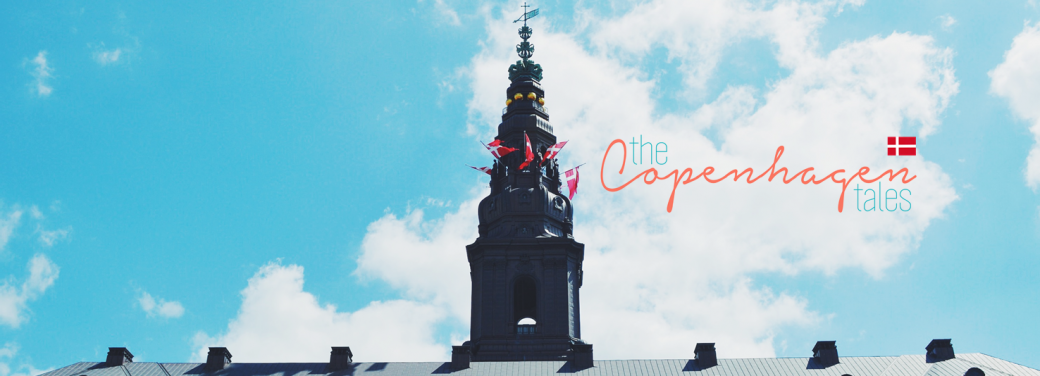



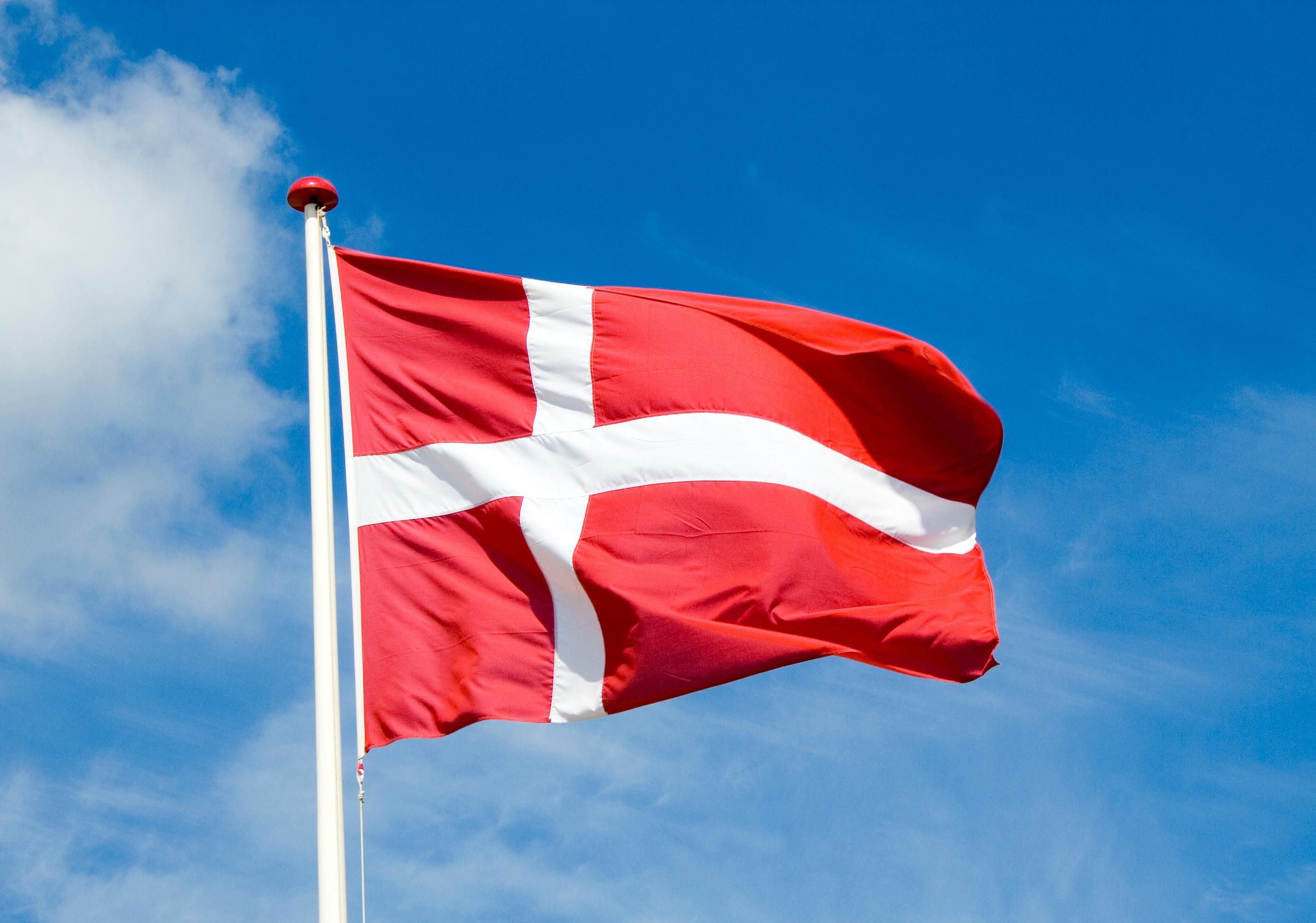
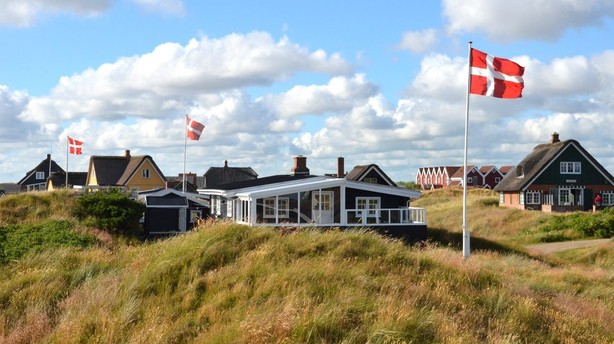
.png)
